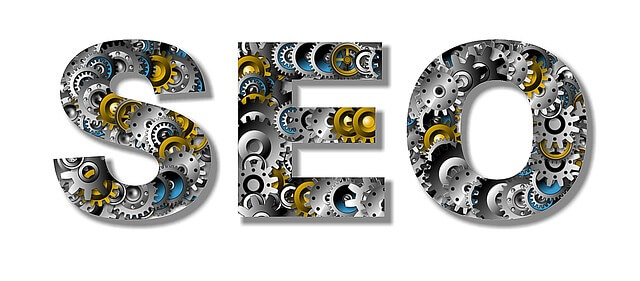Keeping Ahead of the SEO Curve: 3 Things To Help You For The Future
Over the past decade, SEO has gone from a relatively templated practice to a reactive and ever-changing one with more studies and speculation occurring with each passing day. As we discussed last month, even the more sensible SEO’s out there, those who would roll their eyes at past proclamations of “the death of SEO” have at least been warning of the death, or diminishment at least, of organic search as Google decreased the number of organic search results from 10 to 8.5 and continues to push non-paid results beneath the fold. So what do we do?
What we’re seeing in SEO is now an increasing systematization of the way we create content, develop our personal or corporate brands, use psychology in design and writing, and develop more reflexive ways of measuring our success. As SEO becomes more abstract and more about creating content that resonates with users, we’re having to draw on a lot of other disciplines other than data analysis to improve our search rankings and hold onto those we already have as more and more competition emerges.
Psychology has become something of a buzzword lately as regardless of how fast technology changes how we consume media and products, the reasons why we do so are often rooted in academically-proven psychological tropes. Thus, as content becomes more focused on answering questions your audience will be asking Google or their voice-activated personal assistant, a deeper and clearer understanding of what one’s target audience wants and what motivates them is more important than ever. Simply put, those golden rules taught in business schools and marketing departments around the country are becoming more relevant than ever before.
As you begin to refine the psychological profile of your audience and how it relates to the content you produce, try to drill your site as much as possible down to topics and subtopics that will allow you to build out your site systematically with a logical URL structure that is easy to follow. Map your site around the products and services you offer and within each ensure there are calls to action and landing pages for every step of the consumer journey.
Of course, as rankings become more in flux and nuanced, how do we assess our performance? What more organizations are beginning to realize that as each stage of the consumer journey becomes fragmented and complex in its own right, we need to communicate better between marketing departments so that the paid search team has a set of goals that complements that of the content team’s with social, email, SEO, and everything else all tied in and in communication.
SEO in the next ten years might be a far more complex and nuanced process than it was in the preceding decade, but by looking to the time-tested laws of marketing and adapting your site’s and marketing department’s organizational structure to reflect the ever-changing ways that consumers engage with your business, you will keep ahead of the competition while continuing to grow.



